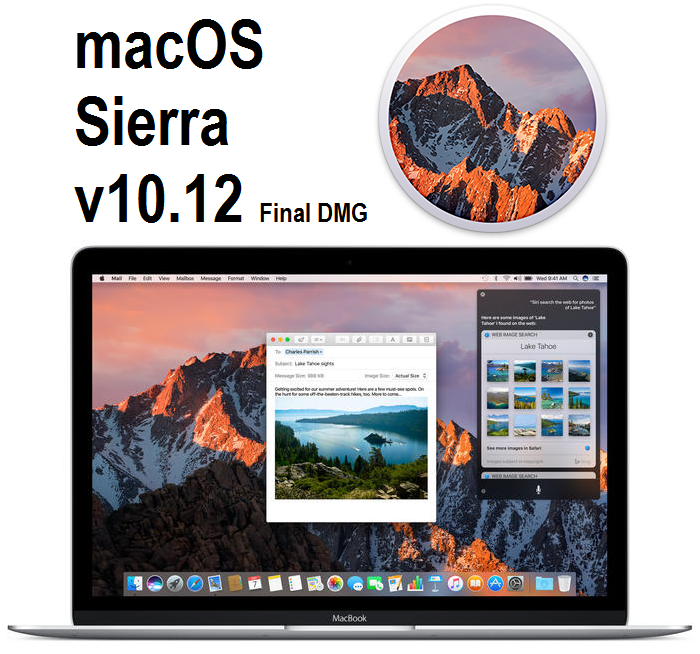

NeXTStep and the first releases of OS X and OS X Server relied on a proprietary user and client management system known as NetInfo. NeXT gave OS X solid enterprise bones right away, including support for local and network user accounts. The first release of OS X was essentially the Unix-based core of NeXTStep with an Apple-inspired GUI on top of it. It wasn’t really an enterprise-grade solution, even when incorporated into the first few releases of OS X Server, but it was a functional pre-OS X stop-gap.Īpple’s first real move toward enterprise functionality, including identity management, came with OS X and OS X Server.
#Netinfo manager os x lion mac os
Apple also created Macintosh Manager, which redirected Mac OS 9’s multi-user functions to a server-based data store and copied certain settings and configuration files from that data store to an individual Mac.

In planning the transition to the true multi-user environment of OS X, Apple added a modicum of multi-user functions in Mac OS 9 that allowed each Mac to support multiple users with basic file permissions, individual user settings and preferences, and limited account-based restrictions.

But At Ease never gained much traction beyond some pockets of the education market for it which it seemed to be designed. In the early 1990s, the company shipped At Ease, which provided some multi-user support, first on a single Mac and later for multiple Macs on a network.
#Netinfo manager os x lion full
It offered limited user account creation and management for file sharing between Macs, but there was no built-in mechanism for logging into an individual Mac - it booted right to the desktop, where you had full access to the entire file system and all installed software.Īpple did make a couple of attempts to create a multi-user system, however. The classic Mac OS was not for multi-user systems. The company was just beginning the transition from its classic Mac OS – the first version of which had shipped on the first Mac in 1984 – to OS X. When Microsoft shipped Windows 2000 and Active Directory, Apple didn’t really have a solution for identity management or for linking Macs to an enterprise network.


 0 kommentar(er)
0 kommentar(er)
